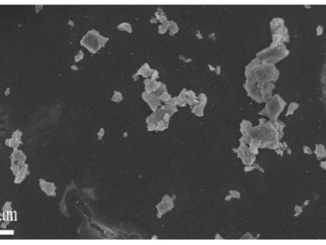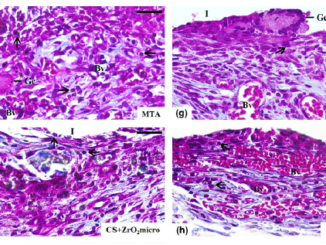
Writers: Mayra D. Gonçalves, Emerson R. Camargo
Keywords: Wet-chemical synthesis; PLZT; Microwave sintering; OPM route
Abstract: Lanthanum-doped lead zirconate titanate (Pb0.95La0.05Zr1−xTixO3) with two different compositions, x=0.20 (PLZT20) and 0.80 (PLZT80), were successfully obtained by the oxidant peroxide method (OPM). This environmental friendly synthetic route showed to be very attractive to prepare lead based ferroelectric powders since no carbon or halides compounds were used. Tetragonal perovskite structure was observed for PLZT80 and rhombohedral perovskite for PLZT20, with single phase identified in the powders calcined at temperatures higher than 700 °C. Powders crystallized at 700 °C were used to produce ceramic samples that were sintered at 1000 °C for 2 h by conventional and microwaves techniques. The composition of the fractured surface of ceramics were quite close to the nominal molar composition, indicating that the OPM promotes the formation of materials with high compositional homogeneity and similar microstructures regardless the sintering method used.




